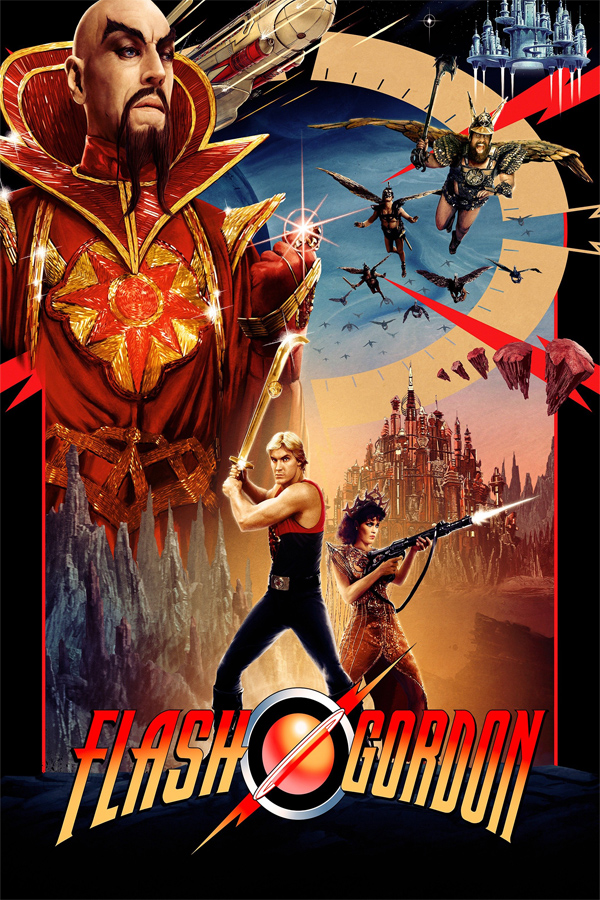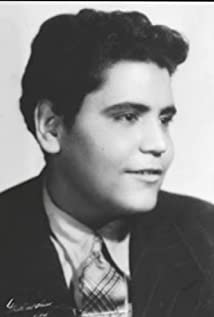Gaspar Henaine
One of the most popular comic actors of Mexican cinema and television, Gaspar Henaine (better known as "Capulina") was the son of a hotel owner. His father, Antonio Henaine -born in Lebanon to Lebanese parents- wanted him to follow in the hotel business. Nevertheless, Gaspar went to pursue an artistic career, moving from his native town in Puebla to Mexico City. He started off with the musical trio "Los Excéntricos del Ritmo" in the early 1940s, and years later he formed his own group, "Los Trincas". Capulina's first musical performances were in small theaters and marquees. After a relative success, Capulina had his first great opportunity at the XEW (now Televisa S.A. de C.V.), one of the biggest and most important radio and television networks in Latin America, alternating with comedic performances at "Teatro Blanquita". In theater he continued singing and playing the guitar along with important artistic figures of the time. His first appearances in movies were playing music with his old companions at "Los Trincas". One of them would become his long-time partner Marco Antonio Campos "Viruta", with whom he later formed one of the most famous comedy duos in Mexican cinema and television, "Viruta y Capulina". They're considered by many critics as the Mexican version of Stan Laurel and Oliver Hardy. There was only a little difference: Viruta, the skinny one, was the smart guy and the "brain" of the duo, who suffers all the gags from Capulina, the fatty one and his sidekick. Capulina received punishments from Viruta, such as pinches and smacks on the head, using Capulina's own holed black hat. Viruta and Capulina's style was of a very particular slapstick comedy, in which the former had a coward and witty personality, including a great variety of mannerisms (trembling body, quivering voice). Capulina's trademarks were also his large mustache and a gap-toothed smile. These comic routines made them very famous in their first films, such as La sombra del otro (1957), Se los chupó la bruja (1958), Muertos de miedo (1958), etc. Viruta and Capulina combined work in movies and television, appearing in Cómicos y canciones (1956) program, during the 1950s and 1960s, a night television program (the most famous at the early days of Mexican television). In this program both had versatile performances, where the funny couple made their comic routines (written by future comedian actor Roberto Gómez Bolaños), singing and playing the guitar, along with famous singers like Hermanas Navarro (Rosina Navarro and Socorro Navarro), rock and roll groups, and other fellow colleagues, like "Los Polivoces" (whom made funny impressions of Viruta and Capulina), among others. But the old couple finished their mutual work and the separation was inevitable. By the mid-1960s each one developed their own separated careers in cinema during the following years. There are many speculations about the case: Capulina was having more popularity with their fans, they weren't called by producers anymore, etc. Capulina earned the nickname of "King of White Comedy". The most popular movies from this stage were Mi padrino (1969), Santo vs. Capulina (1969) (alongside Mexican B-movies star and wrestler El Santo), El hermano Capulina (1970), El investigador Capulina (1975), etc. Gaspar Henaine never abandoned his musical career, recording nearly 12 albums and memorable songs for children like "Las rejas de Chapultepec". He continued having a very high activity in theater, acting in comic plays and making stand-up comedy. In the late 1980s, Capulina enjoyed a television revival in Televisa, with Las aventuras de Capulina (1989) program, although this project lasted only a few years and didn't has the comic punch from the past, alternating with another Mexican wrestler, Tinieblas and his little shaggy partner, Alushe. By the early 1990s, Capulina started out a very ambitious project in the entertaining industry with "Capulina's Circus". He hosted the show and made clown routines, during long tours in many cities of Mexico, retiring from the show business many years later. He appeared in sporadic interviews for the press and television documentaries until his death, at 85.

